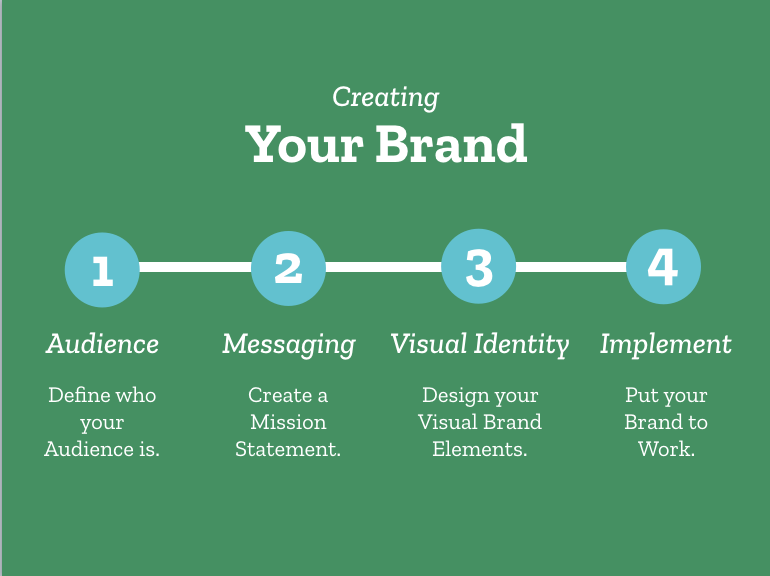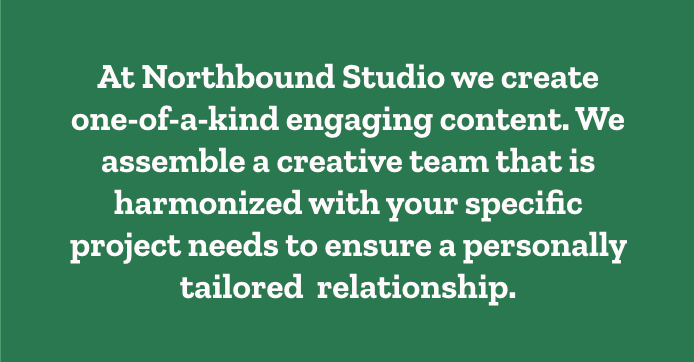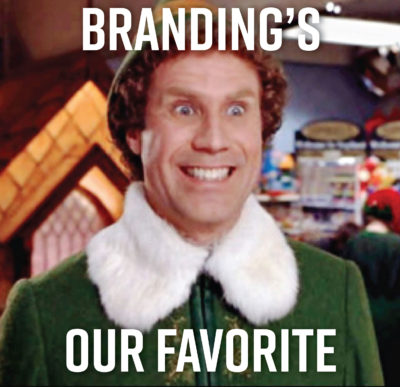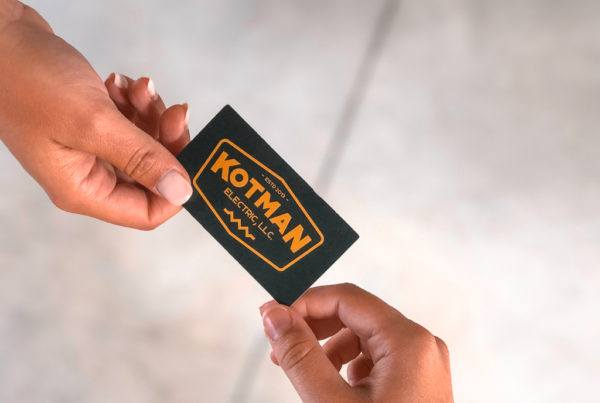Understanding, insight, compassion. These words help describe empathy, a word that is often misused and often misunderstood. Brand empathy is understanding your customers’ needs from their perspective, not your own, and doing whatever you can to help. We want to help you create an intentional, empathetic brand that can serve as a compass for any marketing or greater business decisions you may encounter, and ultimately guide you to the choices that will make you more successful.
Your brand is not just your logo. It’s not just the name of your business. It is a visual and verbal representation of your business. It’s what your clients and community think of when you come up in conversation. This makes a successful, mission-focused brand invaluable.
There are four basic steps to creating a successful empathetic brand.

Audience
The first step to developing a successful brand and brand empathy is identifying your audience. If you’ve been in your industry awhile, you probably have a good idea of who your audience is right now. If so, I would still encourage you to examine that audience and decide if they are your ideal clients, or if they’re the only clients you’re interested in working with. To help you identify your audience, ask yourself 3 questions.
The first is simply: “Who are they?” When we ask this seemingly obvious question, we’re really spending time developing what we call “personas.” A persona ideally describes a group of potential clients who share unique needs, communication styles, and problems.
Right now, your audience may include a lot of similar people with similar needs that you’ve gotten through referrals or relationships. This is very common in Grand Rapids and West Michigan in general. When working on your personas, try to think about groups of people whose circles may not be established in the area, or who don’t relate to traditional marketing methods.
The next question is “What are their problems?” Think about what their problems might be from their perspective. Is your industry complex and difficult for your audience to understand? How can you educate them about your offerings without overwhelming them?
After you’ve spent some time thinking about your clients’ problems from their perspectives, it’s time to think about what you can do to help. Why are you (or why is your company) the very best person to help out? Focus on your unique approach to solving their problems. This is what we call a “USP” or Unique Selling Point. By emphasizing this point, you are not competing for clients, you’re simply making it obvious that you can help specific clients better. Competitors will be emphasizing their USPs and attracting clients who are looking for that. You are attracting your IDEAL clients this way.
Messaging
Now that we’ve spent some time understanding and empathizing with our audience we can work on how to effectively communicate with them. The first step is developing a Mission Statement.
Your mission statement is your unique approach to problem-solving, or how you empathize with your clients. When done right, your mission statement is your compass for all marketing. It’s your guide, and your goal.
Take ours for example:

Our mission statement points out a goal and a unique way of achieving it. Goal: “create one-of-a-kind engaging content.” A unique way of achieving it: “assemble a creative team that is harmonized with your specific project needs.”
Here’s another we used as an example for a group of real estate agents:

Think back to this statement before outputting anything verbal or visual, like social media posts, ads, flyers, emails, etc. This is how we maintain brand empathy for our clients. All of those are tools to communicate your mission.
Visual Identity
After developing a mission statement and messaging style, we move on to my favorite part of the process! Visual identity is what most of us think of when we hear/read the word “brand.” This includes things like logo, imagery, color, typography. It also includes the way you use these things like flyers, social media accounts, ads, emails, and other marketing tools. Logos, font choices, and colors can all confirm messaging, or contradict it. Putting thought behind these choices can help ensure your brand is cohesive and functioning the way you need it to.
Creating and maintaining brand empathy helps ensure that you are following through on your mission statement, and reminds clients and potential clients who you are and why they picked you.
Implement
Once you’ve built your brand with empathy in mind, it’s time to put it to work. Now that you’ve worked hard creating effective tools, we can use them to communicate effectively with your audiences.
Remember: Think back to your mission statement before outputting anything verbal or visual.
Want more in-depth help developing your brand? We’d love to hear from you! (Seriously, branding is our favorite!) Fill out this form, and we’d be glad to help.






